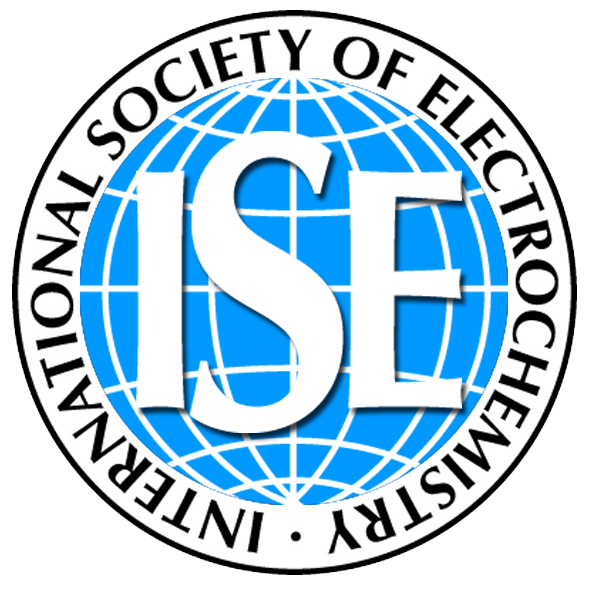Election of the Brazil Regional Representative
Election of the UK Regional Representative
Poster Prize Winners – 76th Annual ISE Meeting Mainz
We are pleased to announce the Poster Prize Winners of the 76th Annual ISE Meeting in Mainz. Congratulations to all awardees for their outstanding contributions!
Jianing Bao
Tamino Bosse
Eric A. Chadwick
Urooj …
Result Election of ISE Treasurer and ISE Vice President – 2025
ISE Award Winners 2025
Frumkin medal
Prof. Richard Compton
University of Oxford, Great Britain
The award is presented in recognition of his life time outstanding contributions to fundamental
electrochemistry that includes electroanalysis, photo-, …
Election of the Treasurer
The vote for the election of the Treasurer (term 2026-2028) will take place from May 12 – July 12, 2025, with the following candidate.
…
Election of the Vice President
The vote for the election of the Vice President (term 2026-2028) will take place from May 12 – July 12, 2025, with the following candidates.
…
Announcing the ISE Fellows 2025
The International Society of Electrochemistry is proud to introduce the ISE Fellows 2025 — a distinguished group of scientists recognized for their outstanding contributions to the field of electrochemistry.
ISE Travel Award Winners 2025
🏅 Electrochimica Acta Travel Award Winners
Dr. Chen Jia, University of New South Wales
Dr. Miao Wang, NIMS
Dr. Leticia Anahi Azpeitia, Instituto de Investigaciones Fisicoquímicas Teóricas y Aplicadas (INIFTA)
🏅 ISE Travel …
